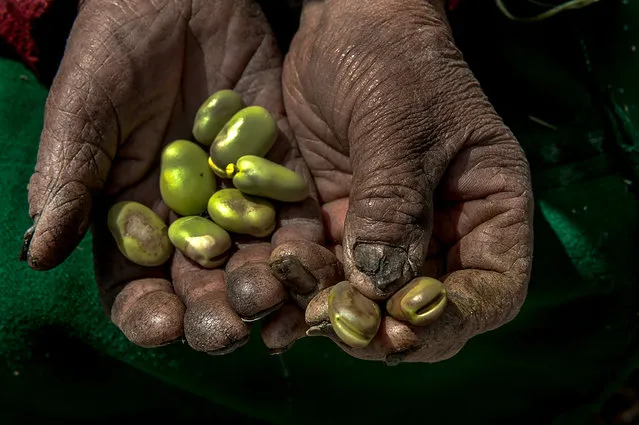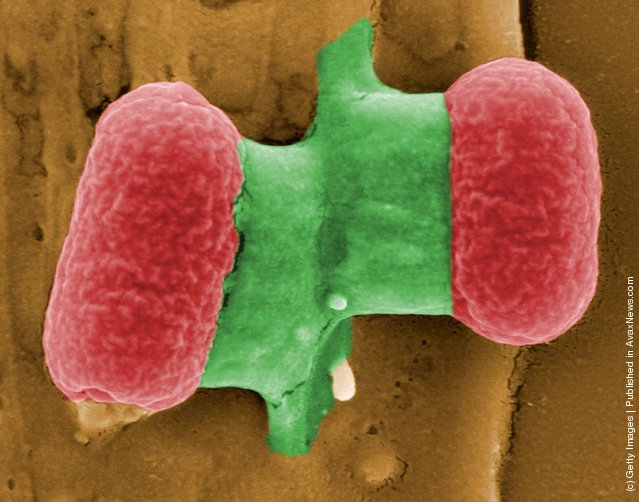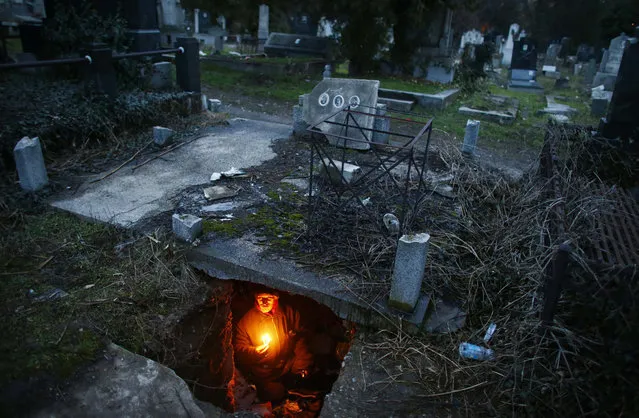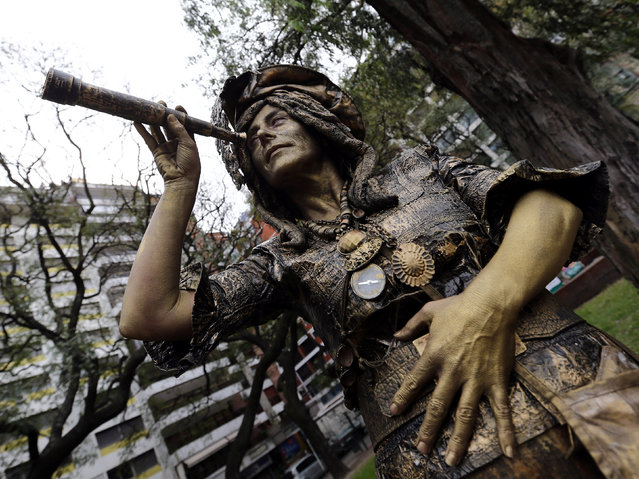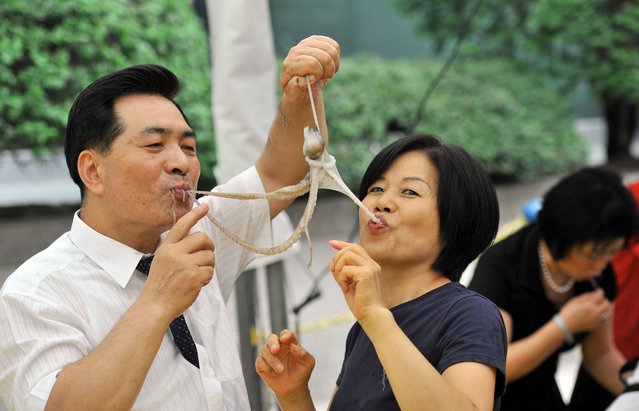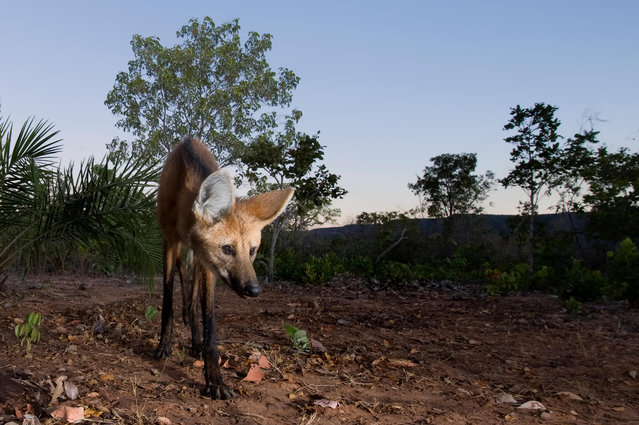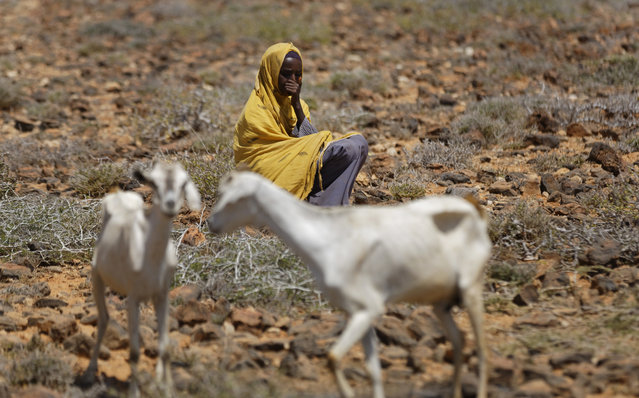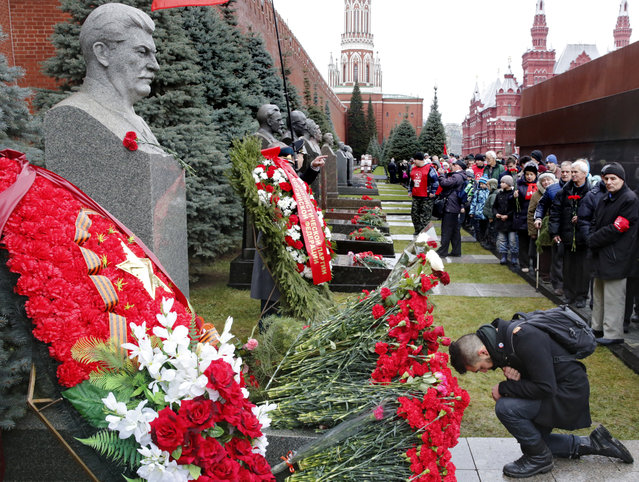
Russian communists lay flowers at Soviet leader Joseph Stalin's tomb on Red Square next to the Kremlin wall in Moscow, Russia, December 21, 2015. Russian communists are marking the 136th anniversary of Josef Stalin's birthday. (Photo by Sergei Ilnitsky/EPA)
23 Dec 2015 08:04:00,post received
0 comments

